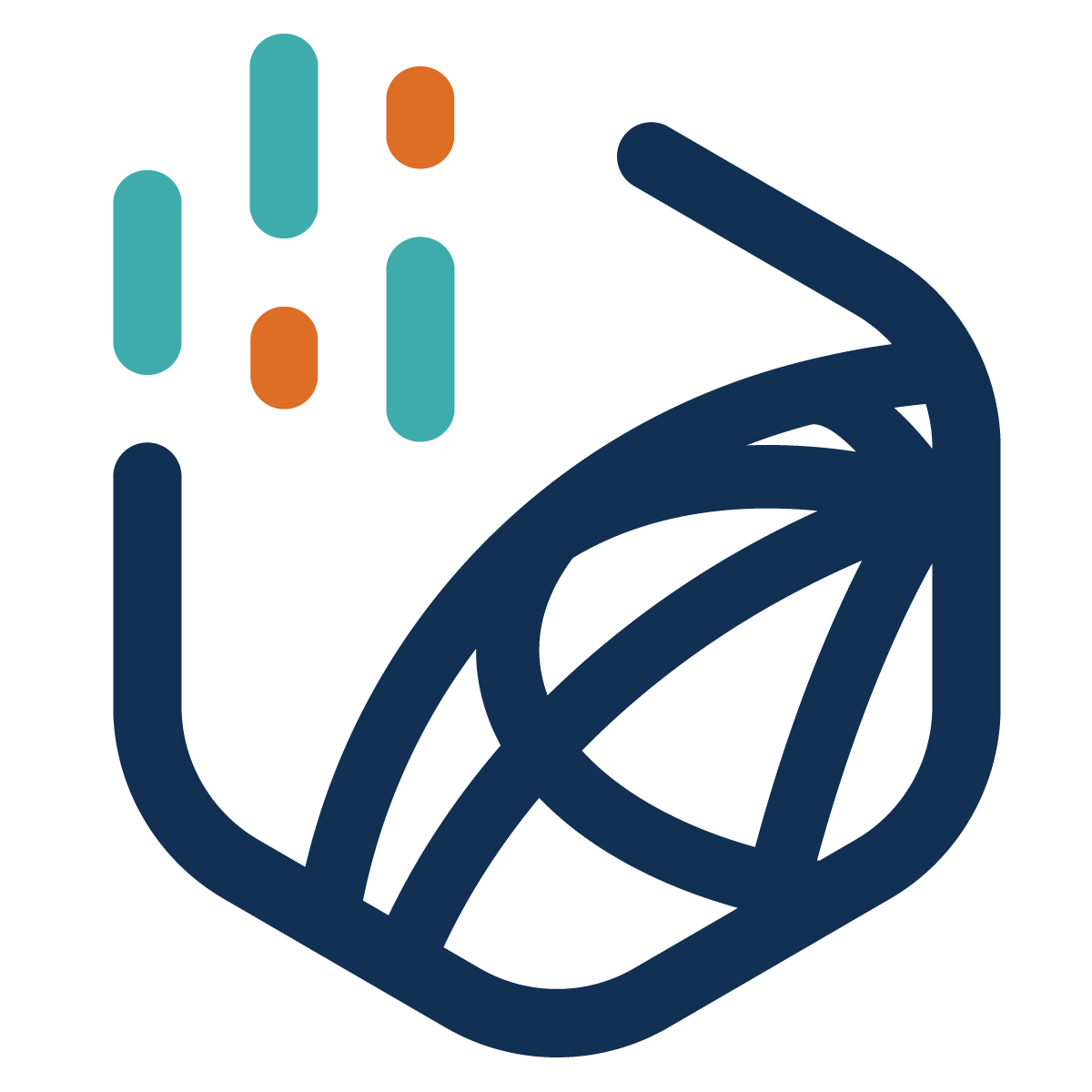Conflict Location and Trends Monitor#
This analysis consists of analyzing trends in fatalities because of the conflicts in the countries bordering the Red Sea - Egypt, Yemen, Djibouti, Eritrea, Saudi Arabia and, Jordan. To this end, multiple datasets are considered.
Data Description#
Armed Conflict Location Event Database#
The Armed Conflict Location & Event Data Project (ACLED) is a disaggregated data collection, analysis, and crisis mapping project. ACLED collects information on the dates, actors, locations, fatalities, and types of all reported political violence and protest events around the world. ACLED data are derived from a wide range of local, national, and international sources in over 75 languages. The information is collected by trained researchers worldwide and coded weekly. During weekly coding, ACLED researchers find that many events are reported several times by multiple sources. The details of each report may differ, but ACLED researchers only extract factual information about the event: who was involved, where did it happen, when did it occur, what occurred, and in what sequence.
The sources that are used to identify these conflict events are traditional media, reports, local partner data and new media such as Twitter, WhatsApp and Telegram. They do not scrape data from social media but use a targeted approach to the inclusion of new media through either the establishment of relationships with the source directly or the verification of the quality of each source. Additional details on their sourcing methodology can be found here.
Data Access#
Dataset: Armed Conflict Location & Event Data
Dataset Provider: Armed Conflict Location & Event Data Project
Frequency: Weekly
Granularity: Point location of the reported conflict
License: Accessing ACLED data requires abiding by their Terms of Use.
Data Access: The raw data is available to project team members on SharePoint. Data is accessible to all World Bank staff upon signing up with ACLED and obtaining an API key. For assistance, please write to datalab@worldbank.org
Other Datasets Explored#
A few other datasets were explored to identify conflict in the Red Sea region. However, currently, ACLED is the most relevant data source.
Global Terrorism Database: The Global Terrorism Database™ (GTD) is an open-source database including information on terrorist events around the world from 1970 through 2020 (with additional annual updates planned for the future). Unlike many other event databases, the GTD includes systematic data on domestic as well as transnational and international terrorist incidents that have occurred during this time period and now includes more than 200,000 cases. This dataset was not considered for this analysis because the data stopped in 2020.
Uppsala Conflict Data Program (UCDP): This conflict database has data ranging from 1946 to 2022 alone.
International Crisis Behavior (ICB) Project: A project by Duke University, they report conflict information till 2019.
Social Conflict Analysis Database: The Social Conflict Analysis Database (SCAD) includes protests, riots, strikes, inter-communal conflict, government violence against civilians, and other forms of social conflict not systematically tracked in other conflict datasets. SCAD currently includes information on social conflicts from 1990-2017, covering all of Africa and now also Mexico, Central America, and the Caribbean.
